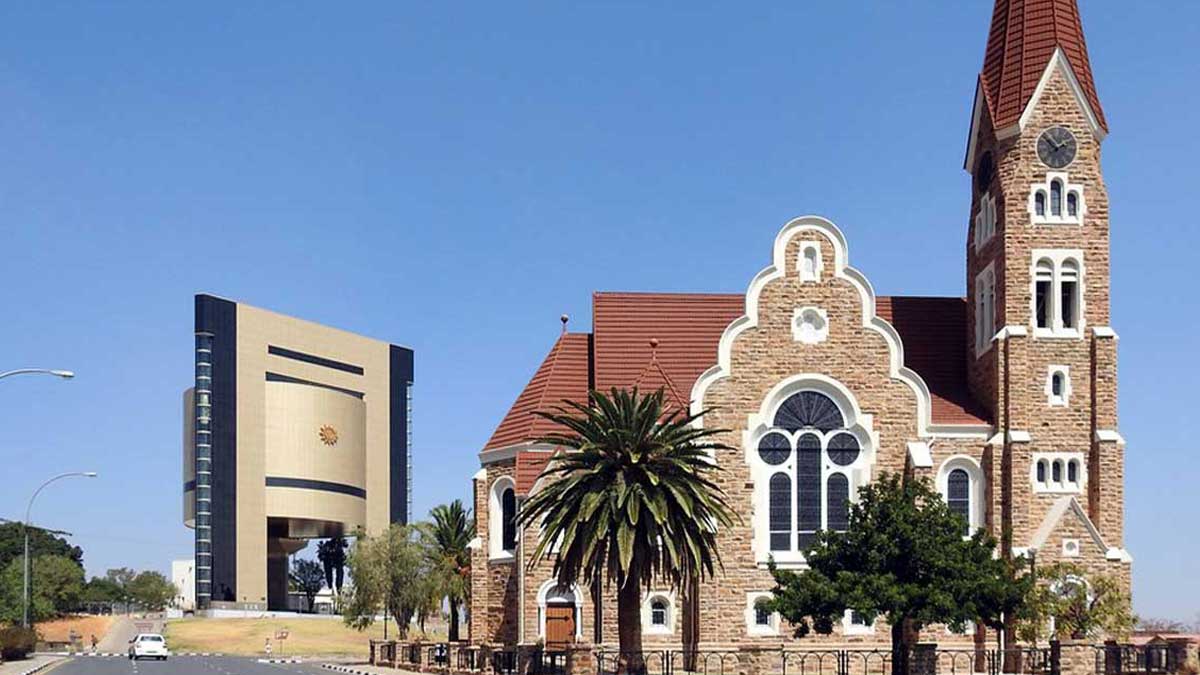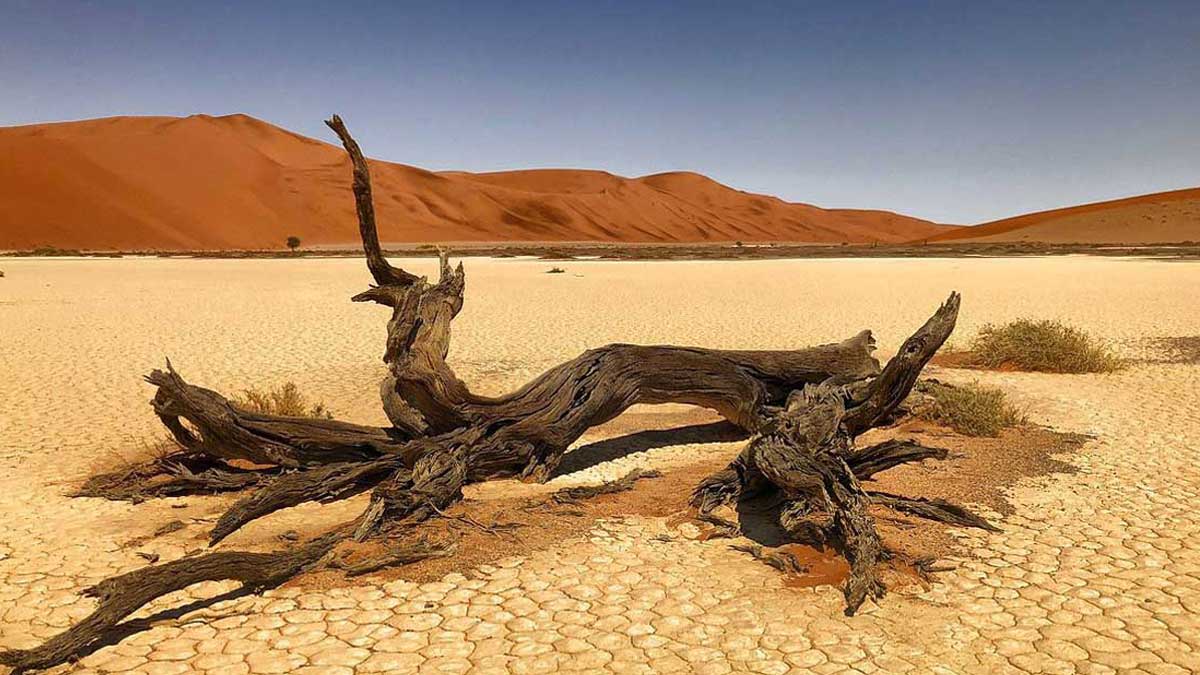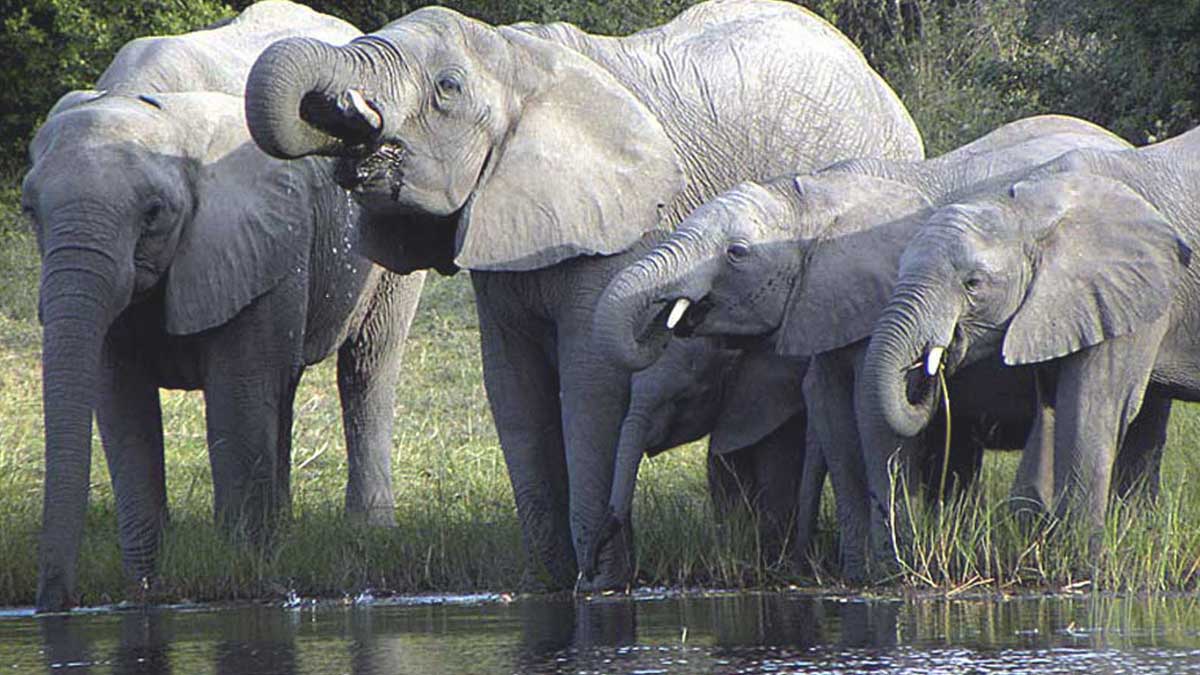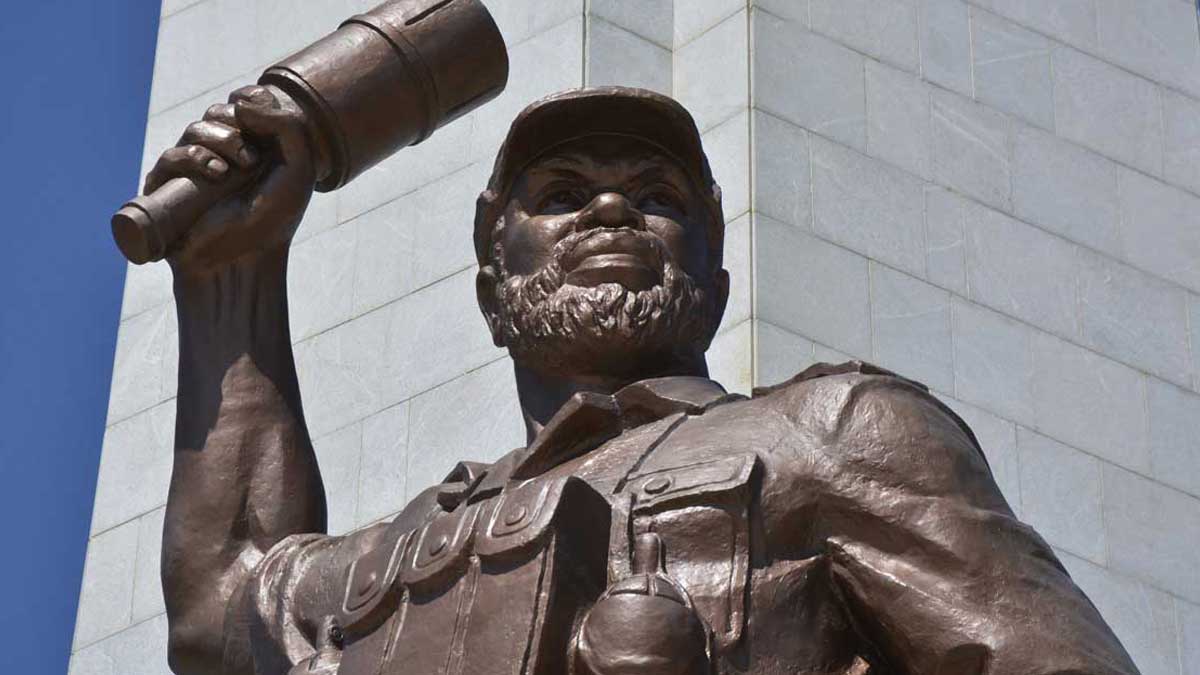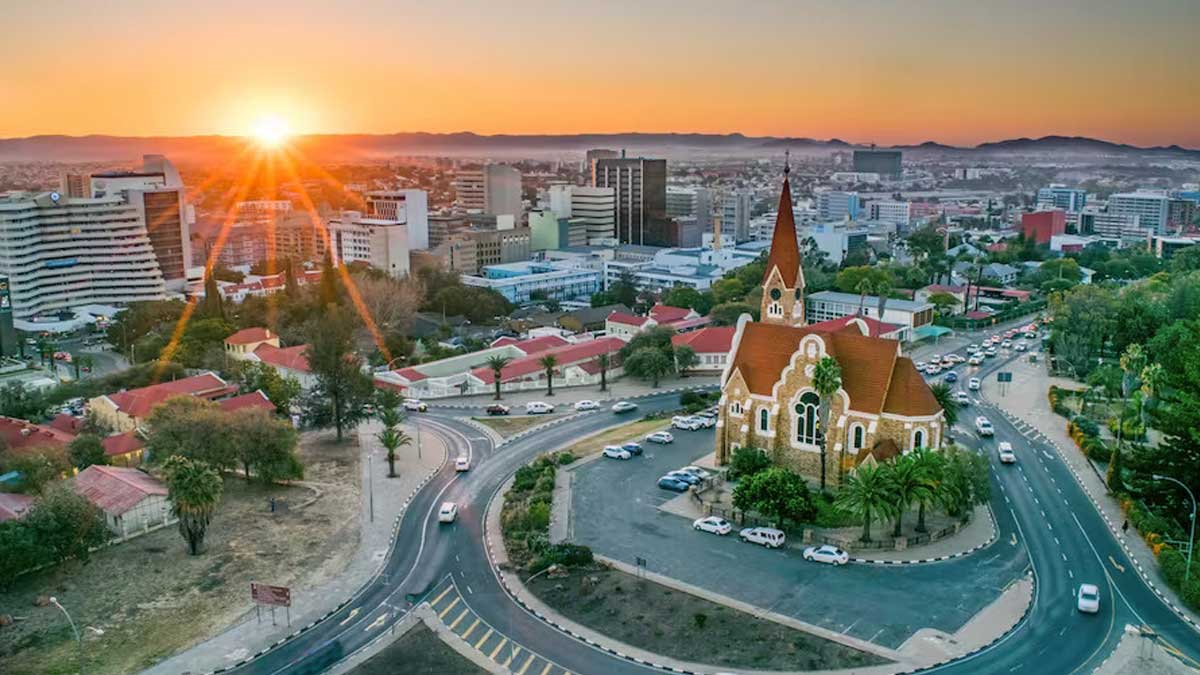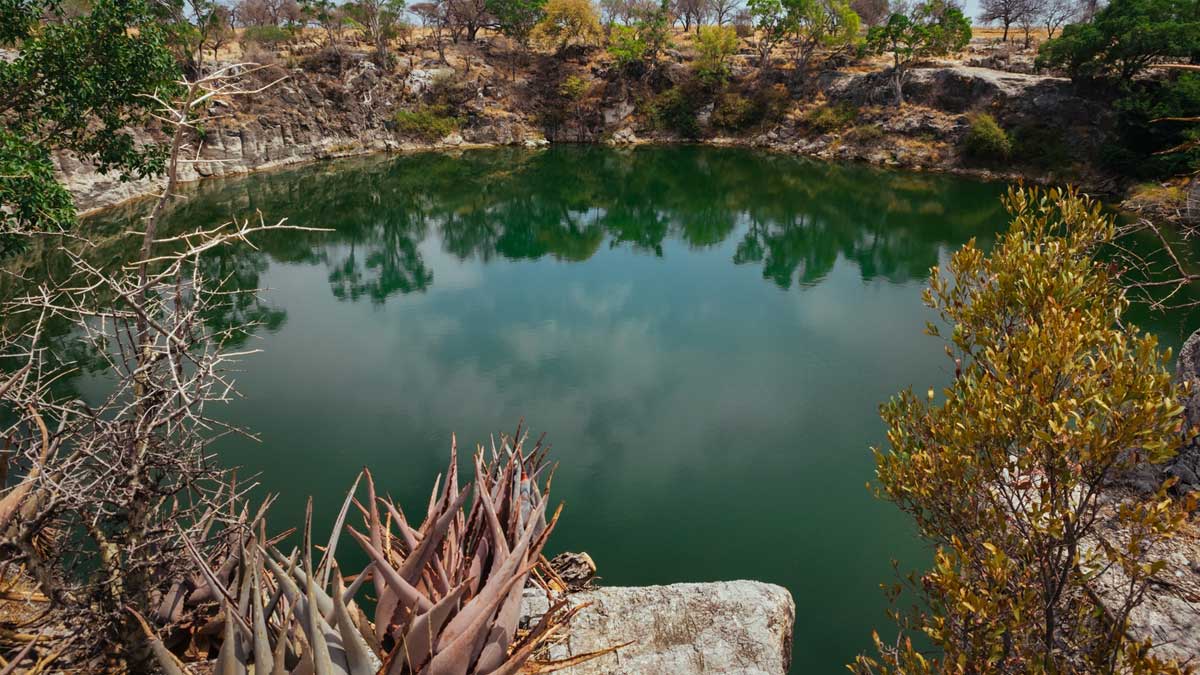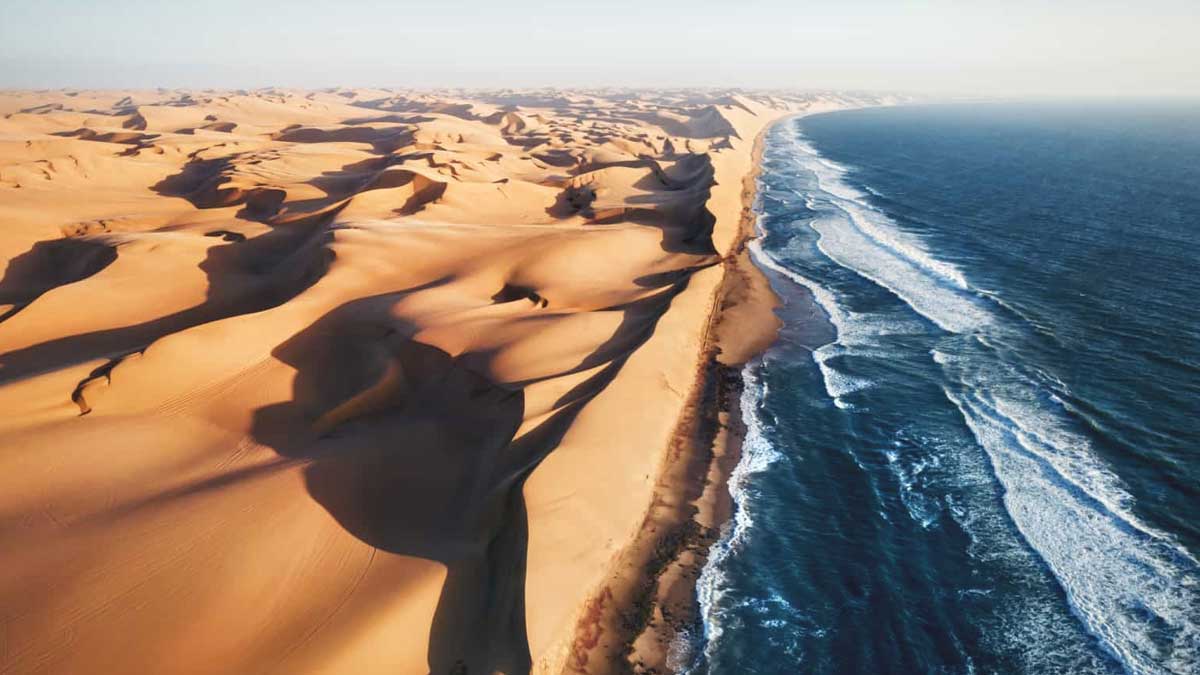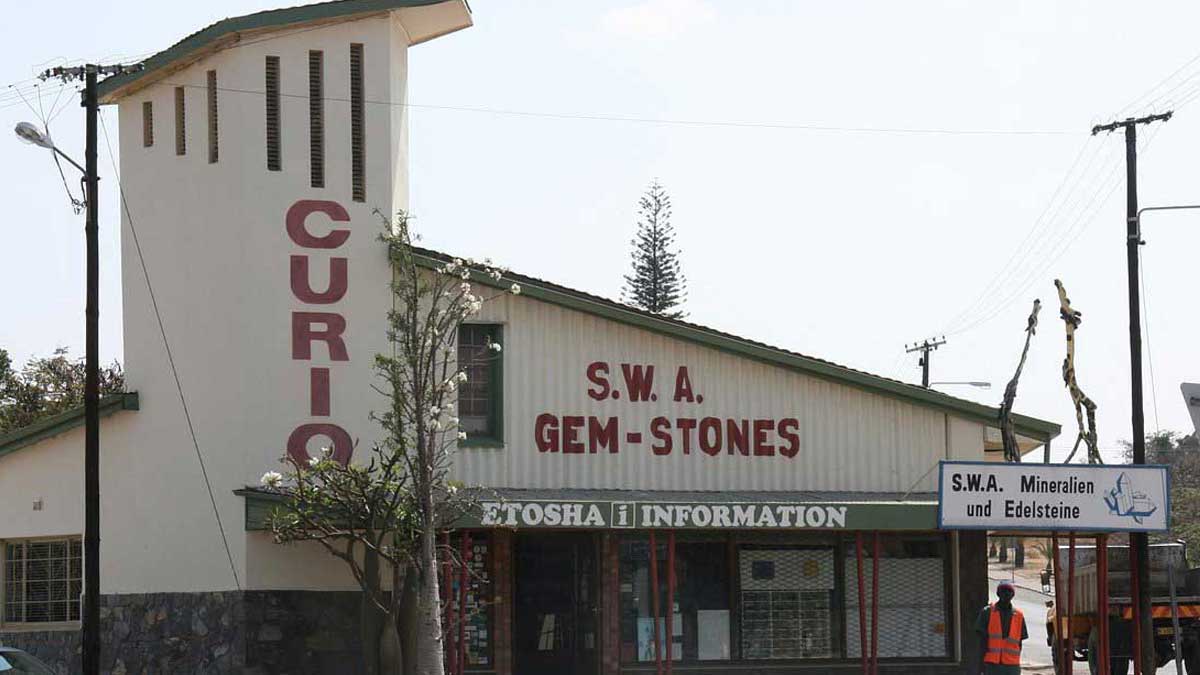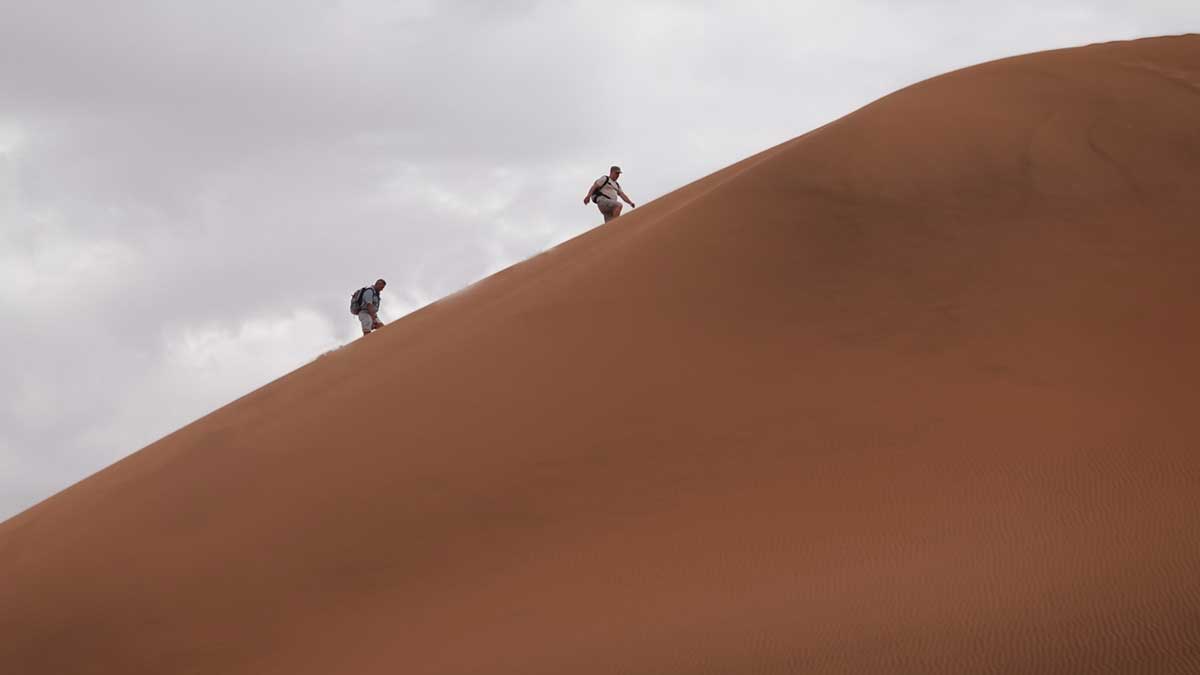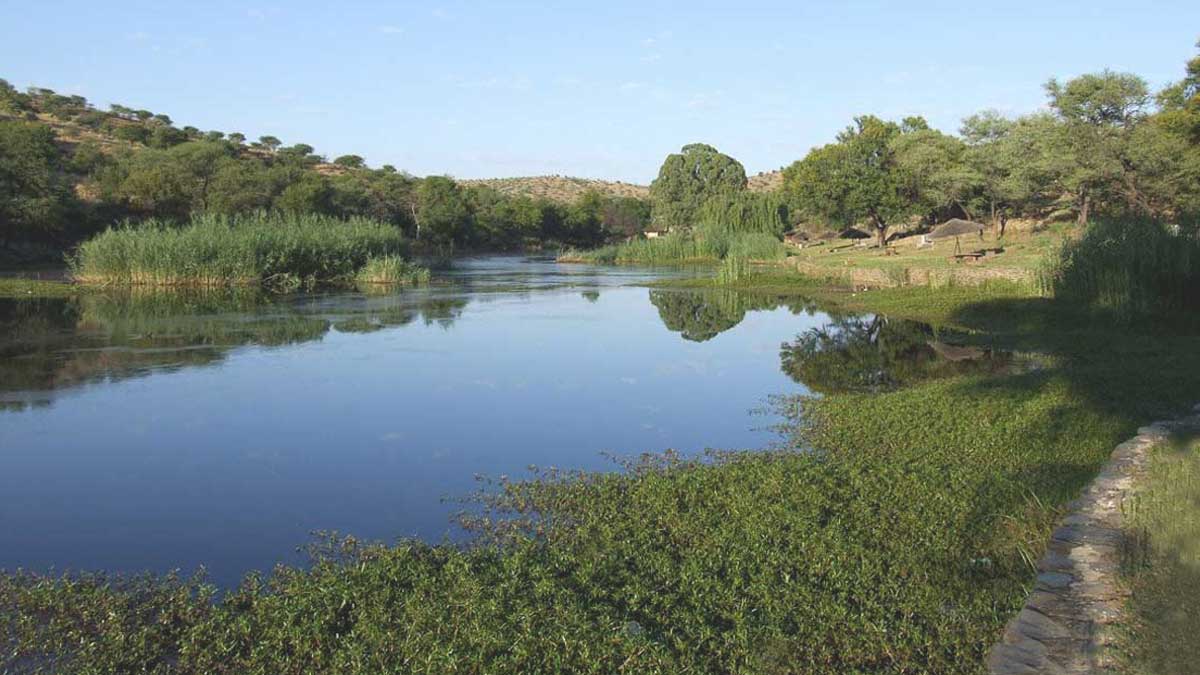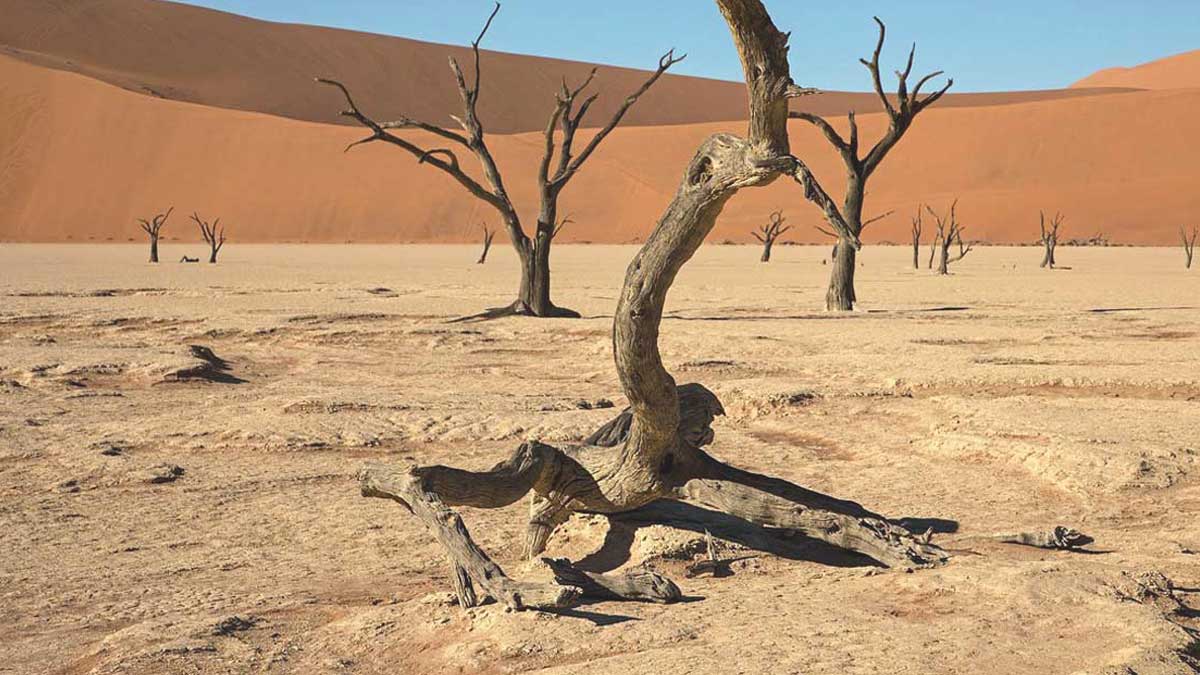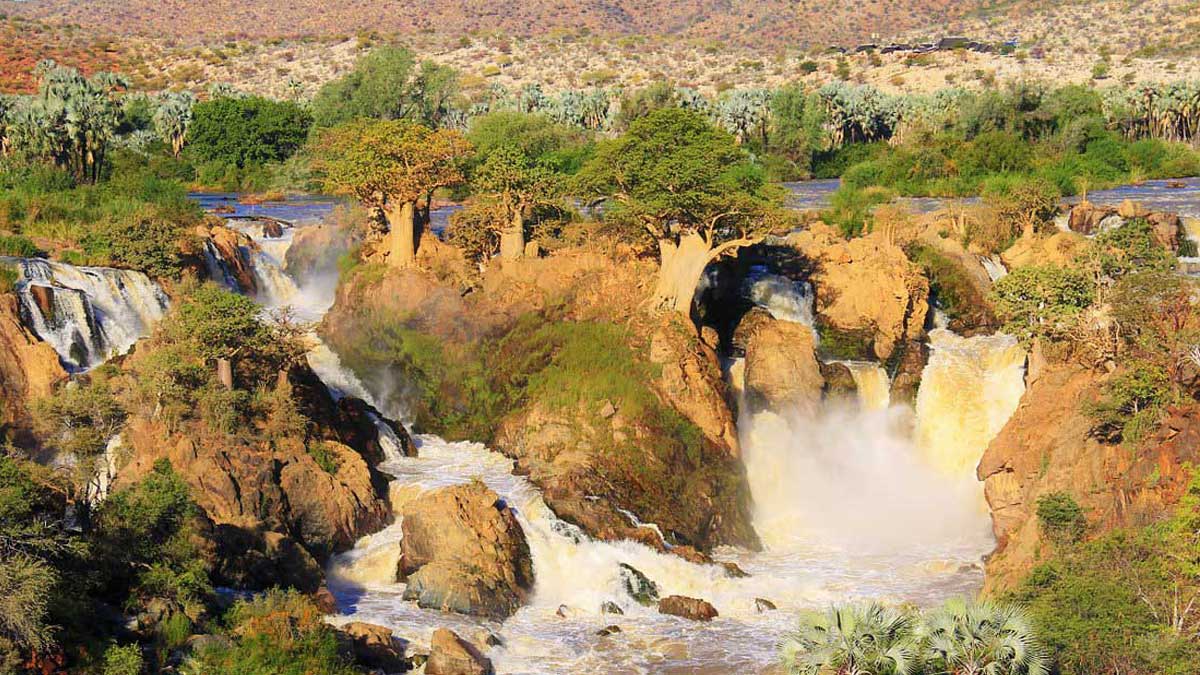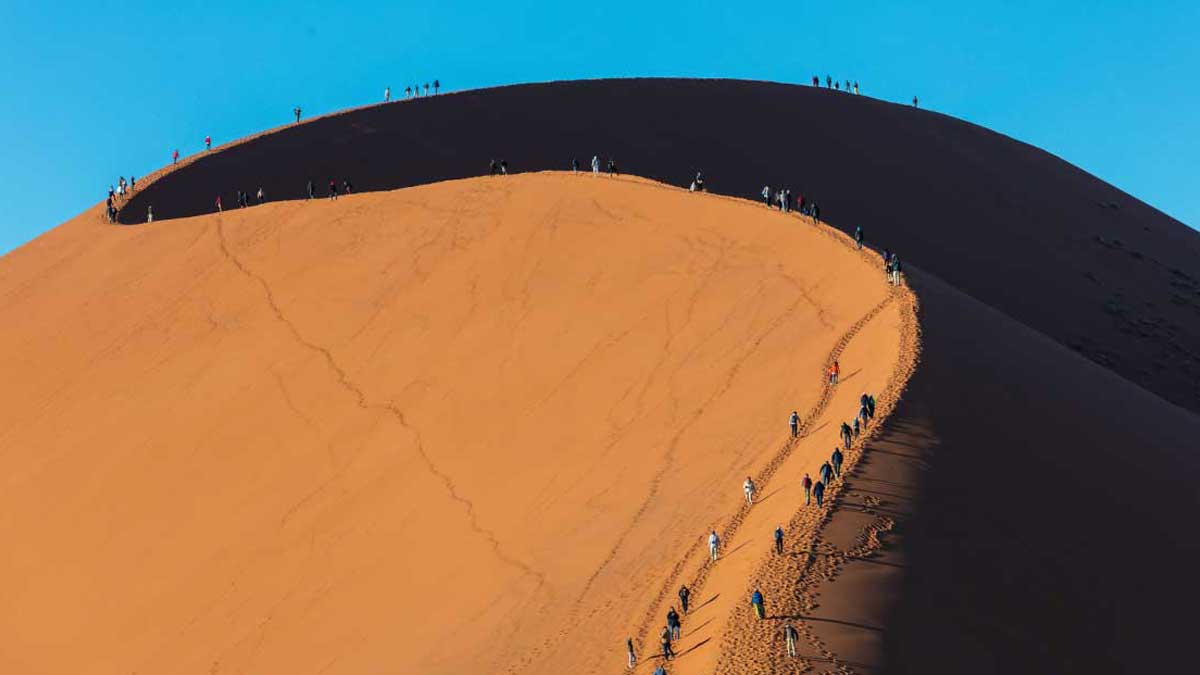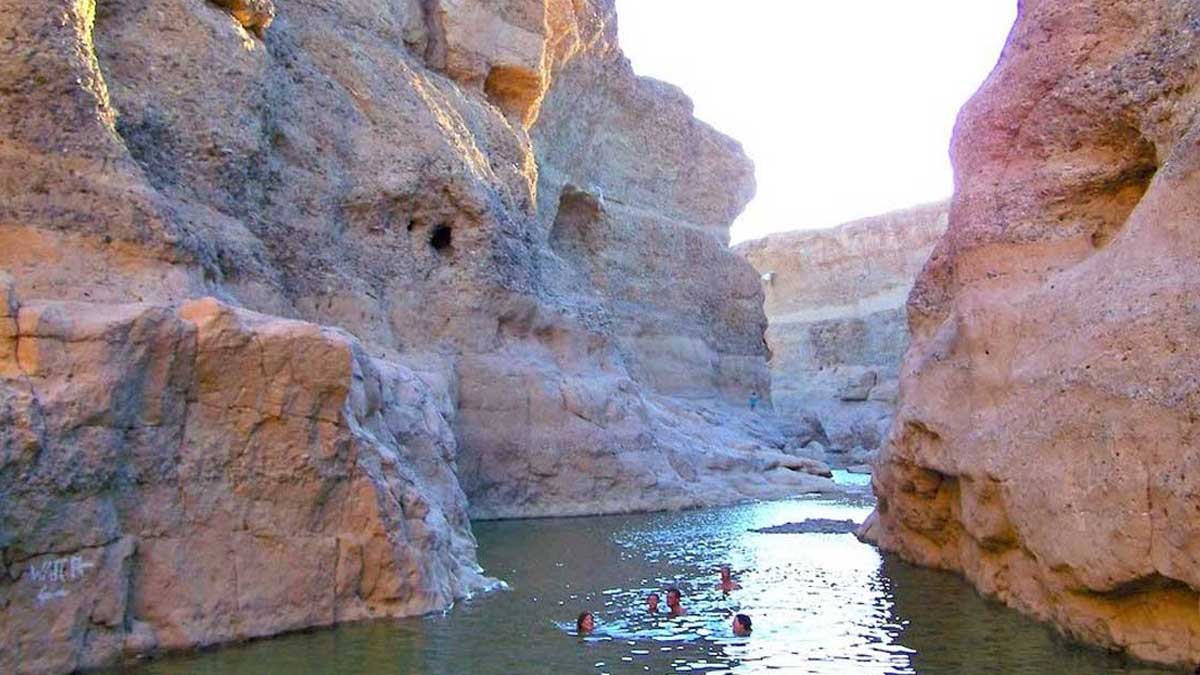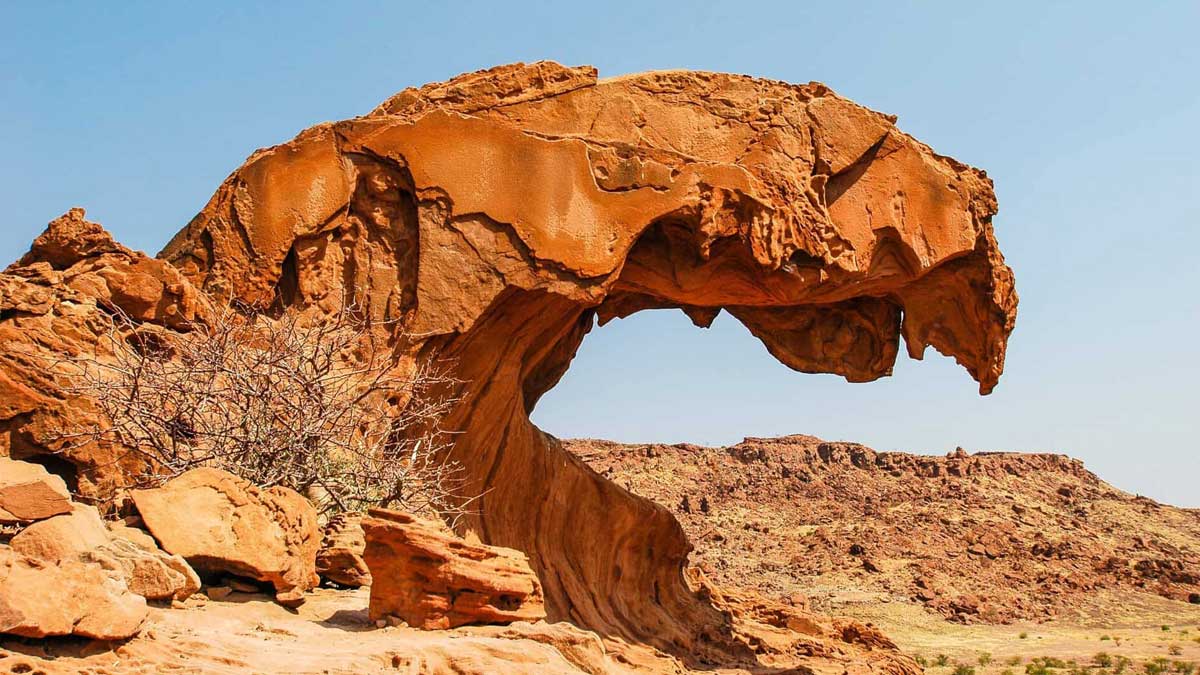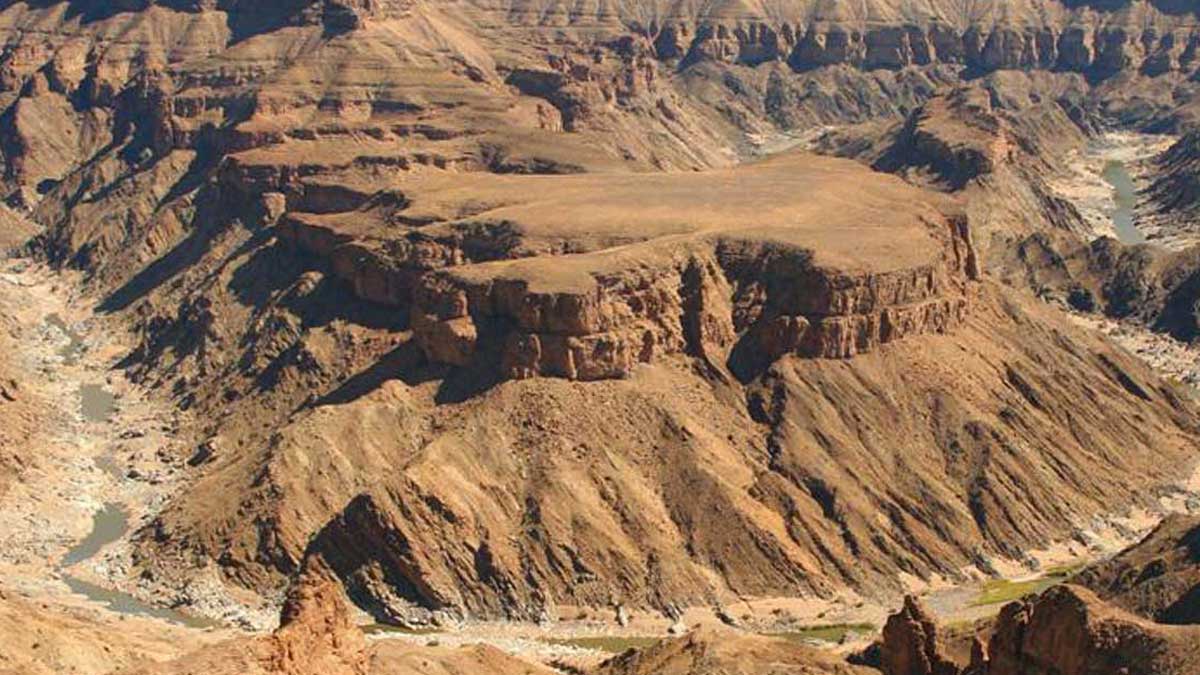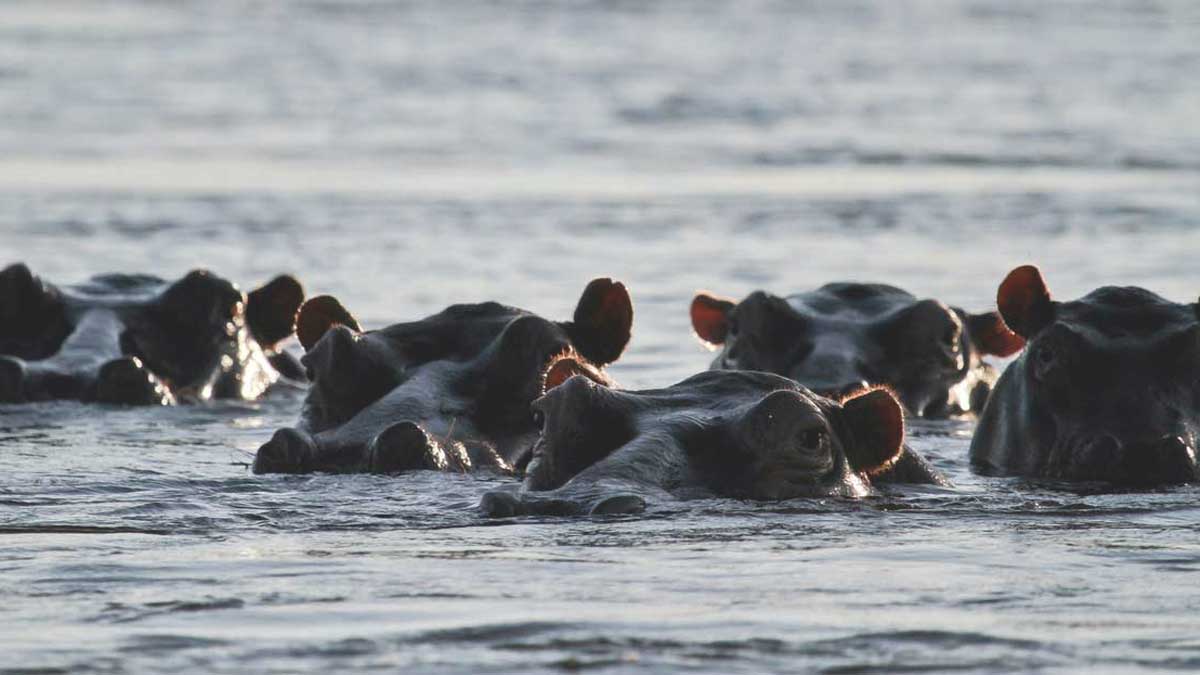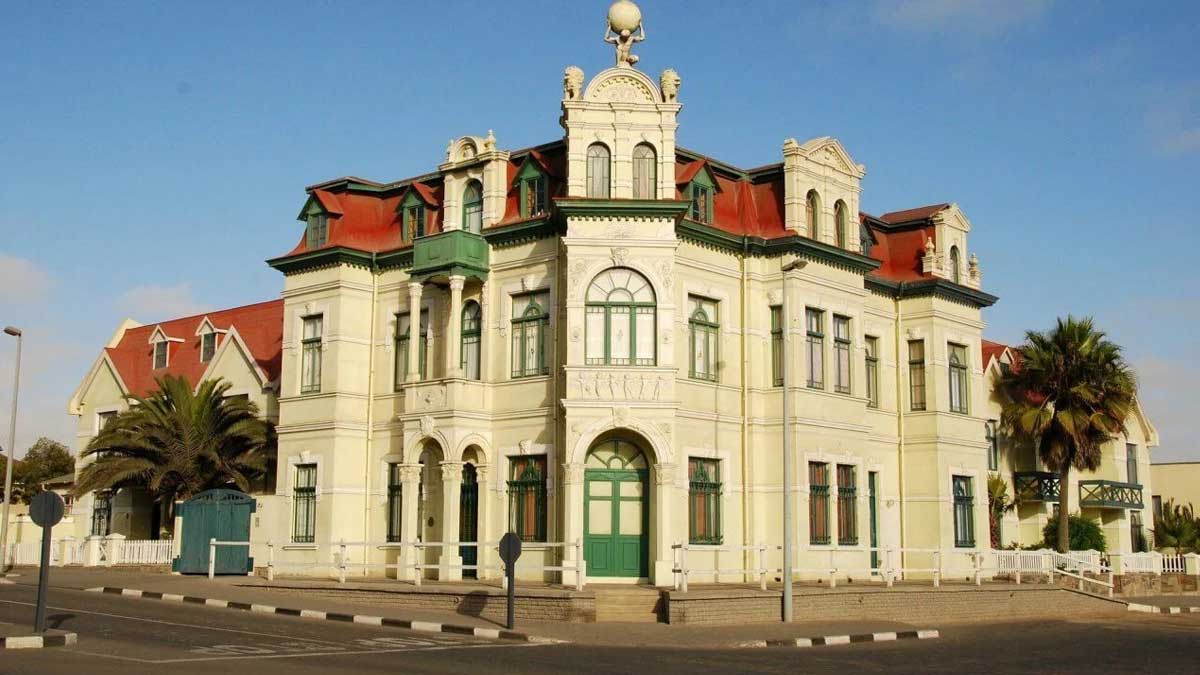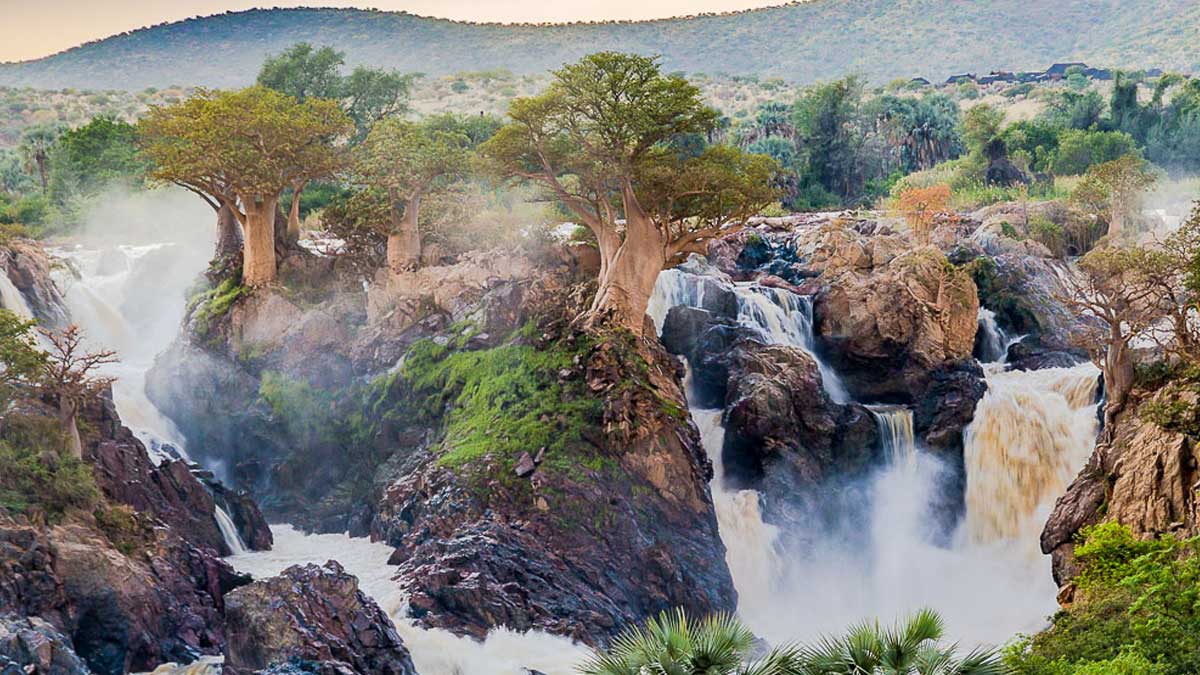The best time to visit Namibia largely depends on your interests and the activities you plan to engage in during your trip. Namibia experiences a desert climate, characterized by hot and dry conditions throughout the year. However, there are some variations in temperature and rainfall patterns that can affect the overall experience. Here's a breakdown of the seasons in Namibia:
1. Dry Season (May to October):
The dry season is generally considered the best time to visit Namibia, as the weather is cooler and there is minimal rainfall. This period offers excellent wildlife viewing opportunities, as animals gather around water sources, making them easier to spot. The landscapes are also dry and less dense, providing clearer visibility. However, temperatures can drop significantly at night, so it's advisable to pack warm clothing.
2. Wet Season (November to April):
The wet season in Namibia is characterized by higher temperatures and occasional rainfall. This period brings a burst of life to the desert, with the landscape turning green, and migratory birds arriving. It's a good time for bird watching, and some animal species give birth during this season. However, heavy rainfall can make some areas inaccessible, and the lush vegetation can make wildlife spotting more challenging.
If you're interested in specific activities or natural events, here are some additional considerations:
- Etosha National Park: The dry season (May to October) is an ideal time for wildlife viewing in Etosha National Park, as animals congregate around waterholes. The cooler months from June to August are particularly popular.
- Sossusvlei and Namib Desert: The cooler months from May to September are recommended for exploring the iconic red dunes of Sossusvlei and the Namib Desert. The temperatures are more comfortable for activities like hiking and photography.
- Skeleton Coast: The cooler months from May to September are suitable for visiting the Skeleton Coast, as the temperatures are milder. However, it's worth noting that this region has a unique climate, with foggy conditions prevailing year-round.
- Caprivi Strip: The wet season (November to April) brings lush vegetation and is a good time for bird watching and enjoying the rivers and waterways in the Caprivi Strip.
Remember to check the specific weather conditions and regional variations within Namibia for more precise information when planning your trip. It's also advisable to book accommodations and activities well in advance, especially during the peak season, to secure your preferred options.






